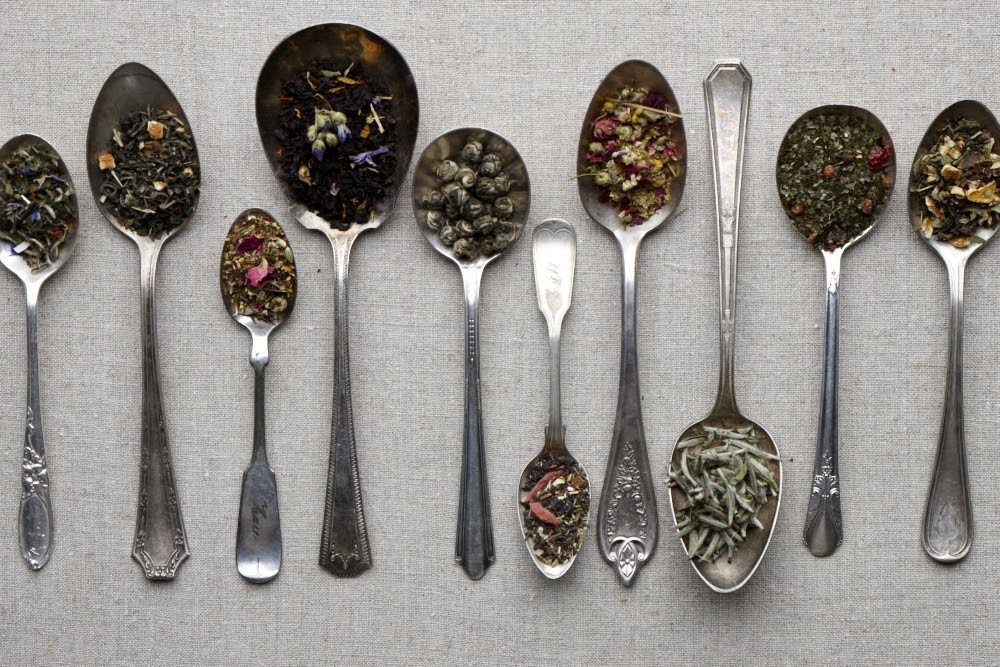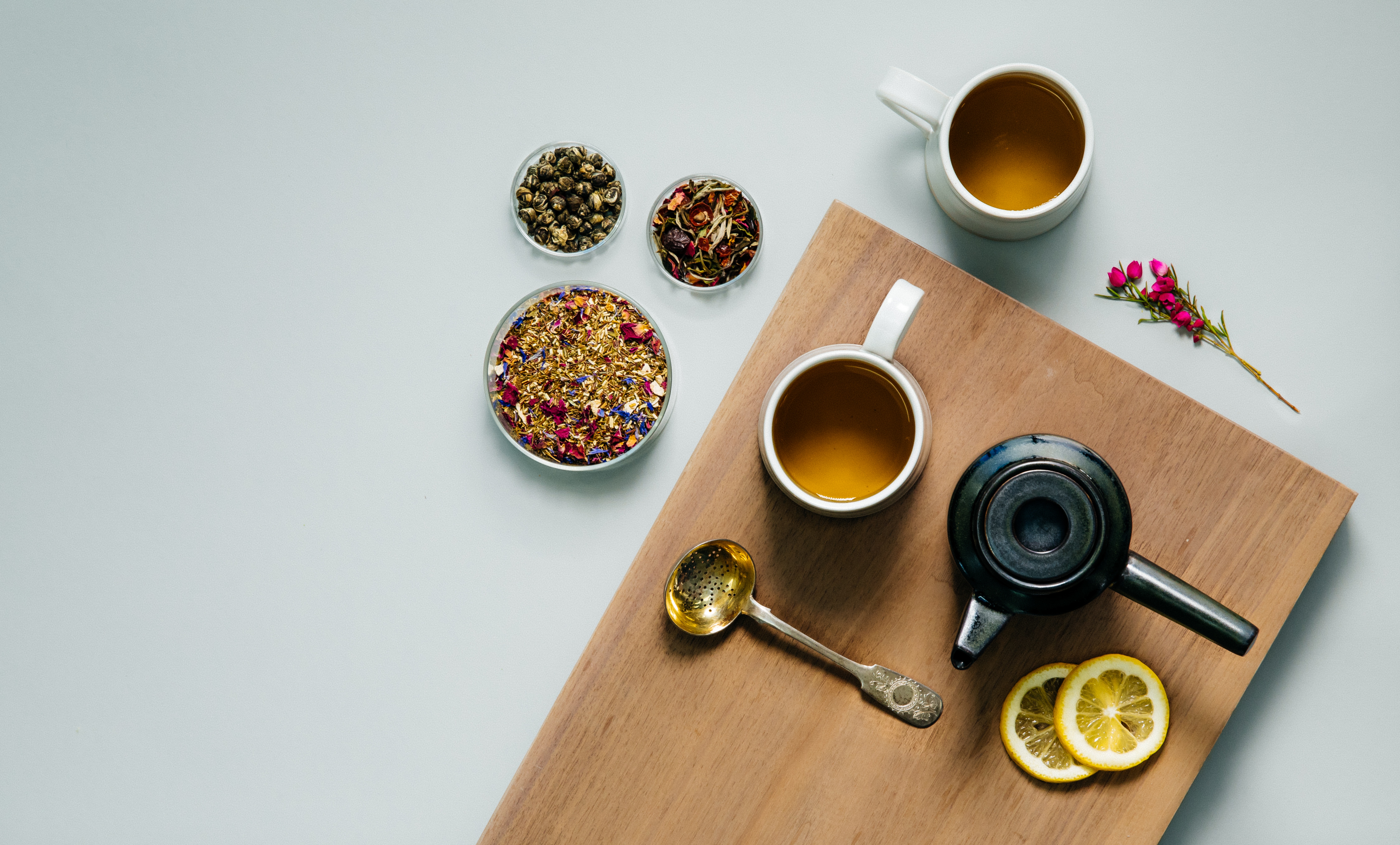You’ve spent the time to source the best possible tea from a reputable tea supplier, like Art of Tea. You’ve purchased the most state of the art iced tea machine available. Yet customers are complaining (or not ordering) your tea. What went wrong? Way too often we spend the time setting up our tea program, but then do not put the same emphasis on the daily maintenance required for a successful tea program. To have a flourishing program, employees need to have the right tools, training, and understanding of how to brew, hold and serve the wonderful tea you took the time to source. Without this, you will not be able to capitalize on the growth of specialty iced tea, nor realize the top line revenue of the most profitable item on your menu with 95%+ gross margins.

Brewing
When using a commercial grade iced tea machine, it is important that a single paper filter is used (when using an open brew tea program). Multiple paper filters lead to over extracted and bitter tasting tea due to the length of time it takes for the water to empty from the brew basket. It is also important that new tea is never brewed over old tea. This creates mediocre tea with a very short shelf life that leaves the customer wanting a different beverage. Additionally, the entire brew must finish (both the hot brewing extraction and the dilution) before pulling a single glass of tea. Pulling a glass too early creates an unbalanced brew. The first glass is too strong and the rest of the brew is too weak.
Storing
The dry tea leaves should be stored in a dry place that is easy for staff to access when preparing iced tea. However, the bags of tea should never be opened prior to brewing. Tea leaves are naturally hygroscopic and absorb the moisture and aromas in the air and impart them on the finished brew.
Now that we have perfectly prepared fresh brewed iced tea, we need to ensure that the brewed tea is stored in the right location for the right period of time. According to the Health Department, tea is safe for human consumption for no more than 8 hours stored at room temperature. This is similar to making sure that a protein is cooked and served at the right temperature, or in other words, the “food-safe zone.” To break this down into simple operational practice, each shift should prepare a fresh batch of iced tea. However, unlike proteins, refrigeration damages the quality of tea. This is due to a chemical reaction that occurs between the calcium/magnesium in the water (needed for tea extraction) and the polyphenols (health benefits and mouthfeel of tea) to form cold water insoluble salts. The good news is, that on average, two servings of fresh brewed tea pays for the entire brew. Don’t throw away thousands of dollars of potential profits by saving a few pennies worth of iced tea.
One of the biggest mistakes made is storing the brewed tea in pitchers full of ice. This further dilutes the tea and creates a lifeless tea taste and body. The solution to this problem is to store tea in iced tea dispenser(s) or pitcher(s) without ice. When pouring a glass of fresh brewed iced tea, fill your glass full of ice and then fill the glass with room temperature brewed tea. When refilling a guest’s glass offer to refresh the ice as well. This ensures that each serving the guest receives tastes the same.
Cleaning
The last step in a successful tea program is the end of day cleaning. Unlike other beverages or kitchen equipment, tea equipment needs to have a cleanser and a sanitizer. The cleanser should be designed to remove tea oils that build up in the dispenser and faucet; while the sanitizer ensures that any yeast, molds and/or bacteria is removed. According to the Health Department, the brewer and dispenser(s) should be cleaned and sanitized at least once a day. When cleaning the brewer, one should clean the brew basket and the area above. When cleaning the dispenser, one should clean the inside dispenser walls and remove the upper faucet assembly, where the most build up takes place.
Recap
Quite often tea is the first and last impression your customer has of your restaurant. It is important when launching your tea program to not only source the highest quality fresh-brewed iced tea, but to ensure that your employees have the right training and tools. This includes:
- Proper Brewing Techniques
- Where and How to Hold Dry and Brewed Tea
- How to Serve the Tea to the Guest
- Proper Cleaning and Sanitizing Procedures
Art of Tea is an award winning purveyor of specialty and organic teas, based in Los Angeles, CA.
If you found this article helpful, please share it with coworkers, colleagues, and fellow lovers of tea.

